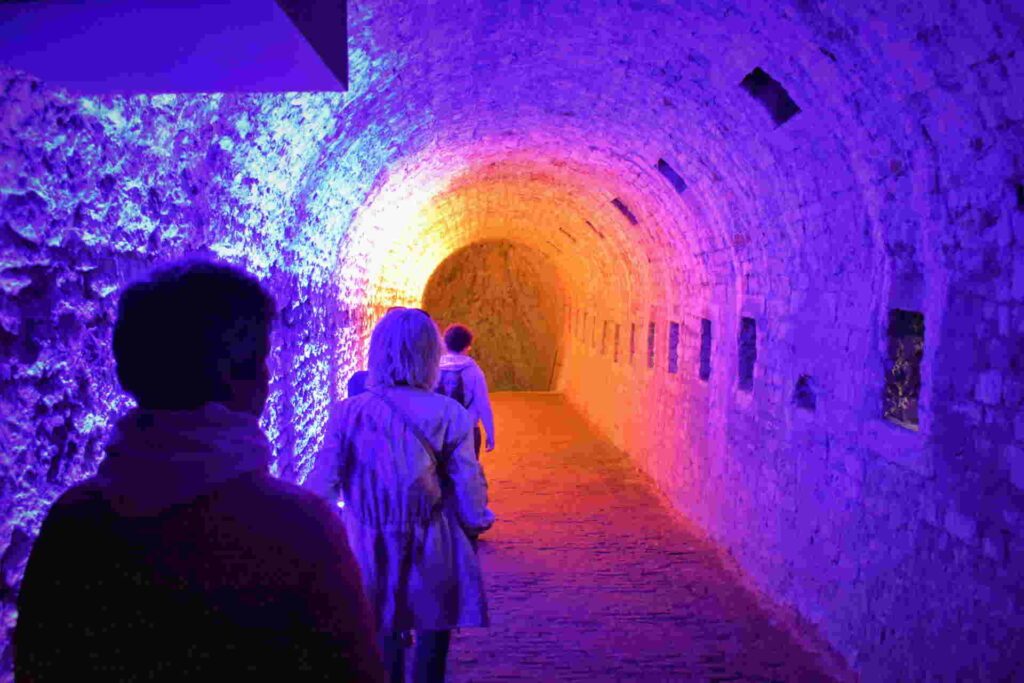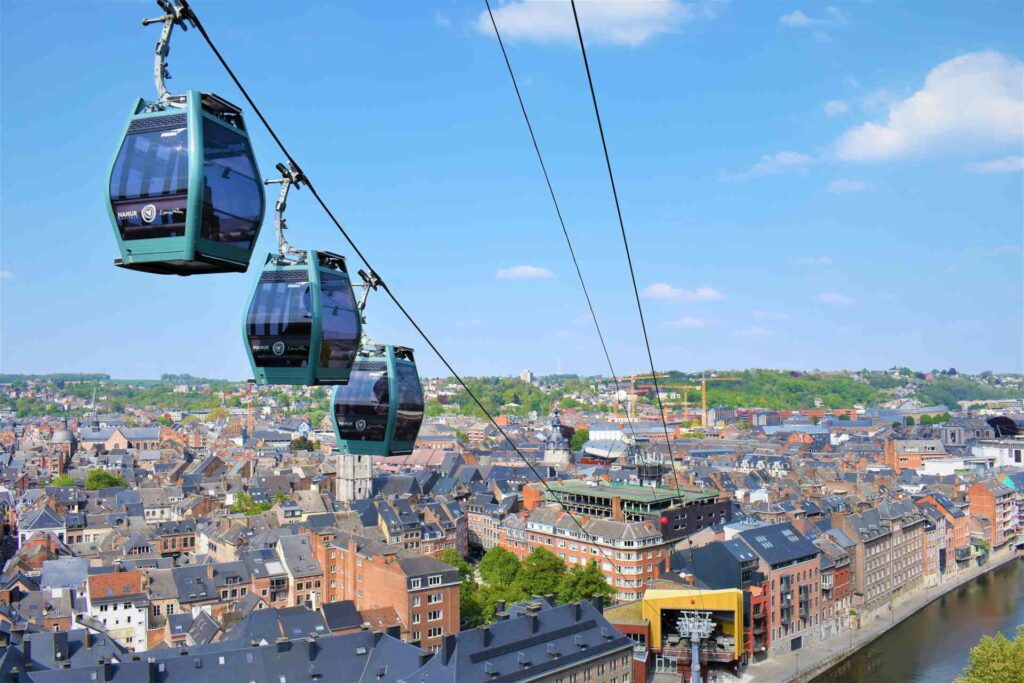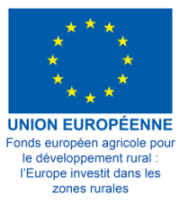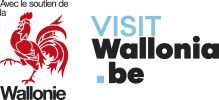Did you know that the Namur citadel is one of the largest citadels in Europe?
You can’t miss it when you walk around Namur. It towers above and overlooks the city from the top of its majestic rock. There it stands, the citadel of Namur! This emblematic monument of the city is talked about far beyond the Belgian borders because of its impressive size and the many treasures it houses.
But is it really that big? And what does it hide?
We thought it a good idea to tell you more about this monument, which is classified by the Walloon Region as exceptional real estate heritage. Enough to get you excited to visit and discover the Explore Meuse region!
A site modified over time and history
The citadel, a former fortified castle that has undergone several transformations over the course of its hundreds of years of existence, consists of several parts. Some newer than others. Due to its strategic location at the confluence of the Sambre and the Meuse rivers, it has attracted many enthusiasts over the years.
The first part was built in the Middle Ages and gradually evolved into a true fortified castle. A surrounding wall enclosed a small town that included the residence of the Counts of Namur, a collegiate church, auditoriums (reception rooms), a bakery and stables. Today, you can still see parts of the wall, the castle and the three towers that were built beyond the protective moat.
The desire to improve artillery and fortification techniques gave rise to a bastioned front above the castle, known as the “Median”. The architecture of this part of the building is still visible.
The third and new defensive part, the “Terra Nova”, was built later. Some parts of it can still be seen today.


Impressive underground tunnels
The Namur citadel is one of the largest citadels in Europe and is characterised, above all, by a network of endless underground galleries. For that reason, it was nicknamed the “Termite Mound of Europe” by Napoléon. The restoration of 450 metres of underground tunnels allows us today to access this historical treasure. A tour with a passionate guide, supported by an immersive sound and light show, will take you back in time!


A fortified castle, underground passages and a whole host of other attractions
The citadel site is not only made up of the fortress overlooking the city. In the enclosure you will also find another castle, the castle of Namur. This hotel-restaurant (open to the public) was built between the two world wars and is surrounded by a garden.
Also discover the esplanade, which was once a stadium and an open-air theatre. Then take the opportunity to walk through the attractive Queen Fabiola Park, which is located at the top of the site. Here you will find numerous facilities to entertain your children and several places to eat.
A trip to the citadel is not complete without a visit to the Terra Nova Visitor Centre. This is the starting point for the underground tour. In this former barracks, you will be led on a pictorial journey through the history of the city of Namur.
At “Made in Namur”, discover the flavours of Namur and the many products from local producers that you can taste on the spot or take away.
Also make a beeline for the Guy Delforge perfumery! This building, steeped in history, may today be a perfumer’s workshop, but once it was dedicated to the manufacture of gunpowder and projectiles. You can take a guided tour that will reveal each stage of the perfumer’s creation.
Rich in, and proud of, its local producers and craftsmen, the city of Namur is also pleased to present Véronique Henri’s creations in the Vieille Forge (Old Forge). Discover her ceramics, paintings, and jewellery full of charm and authenticity.
Don’t like to walk too much? Then you will be delighted to have access to the citadel via the funicular! To please the kids, there is also a small tourist train that allows them to discover the ramparts and enjoy the panoramic view of the Namur valley.
Would you like to visit the site in a unique way? Then take a tuk-tuk from the Citadel! The driver will also take you to the strawberry museum in Wépion via the “La merveilleuse” road and along the Meuse.








